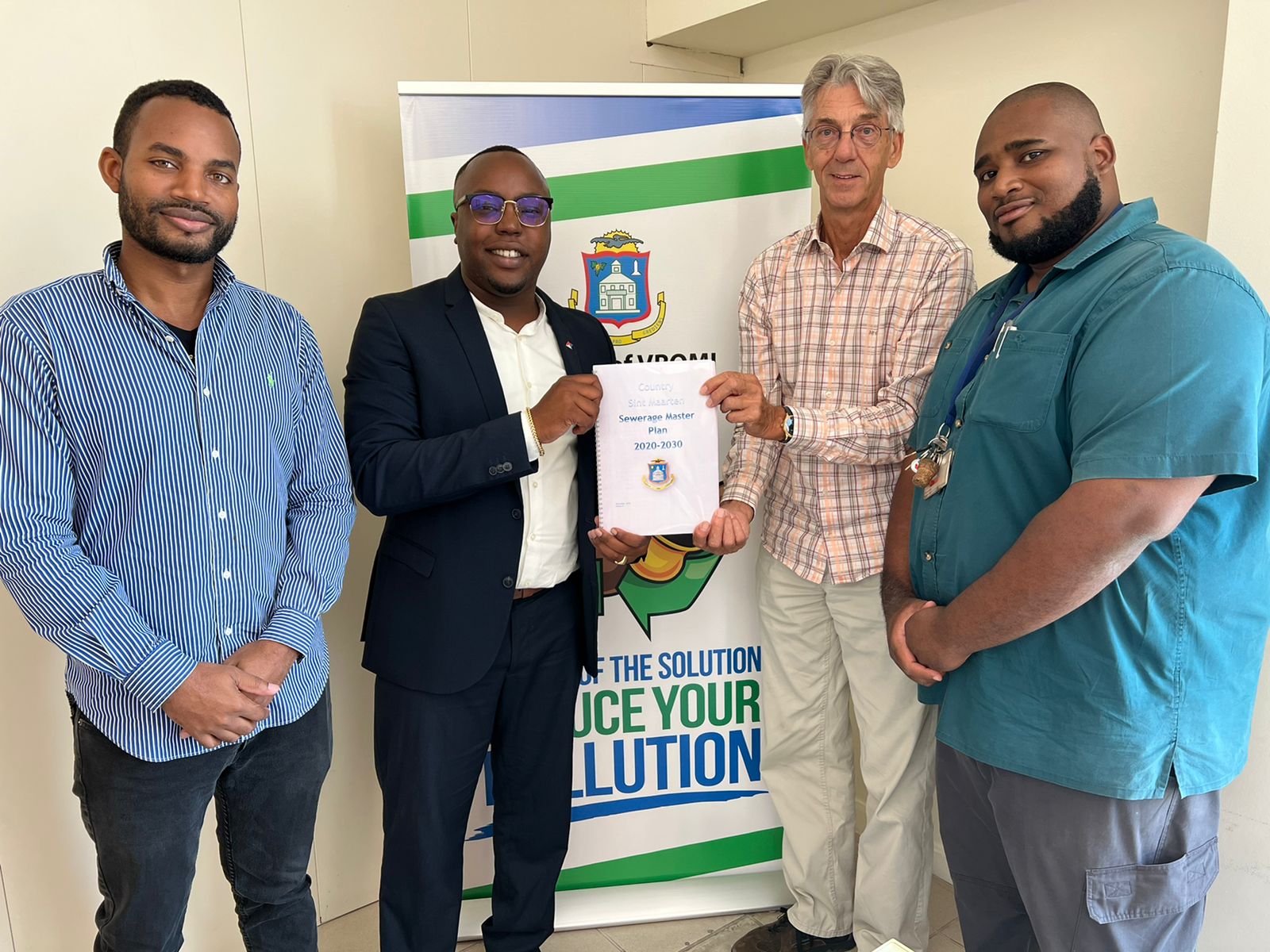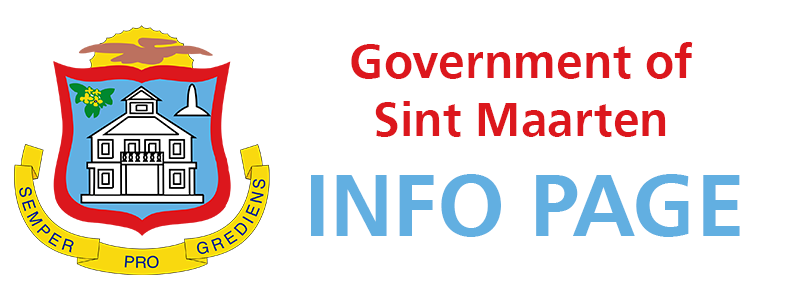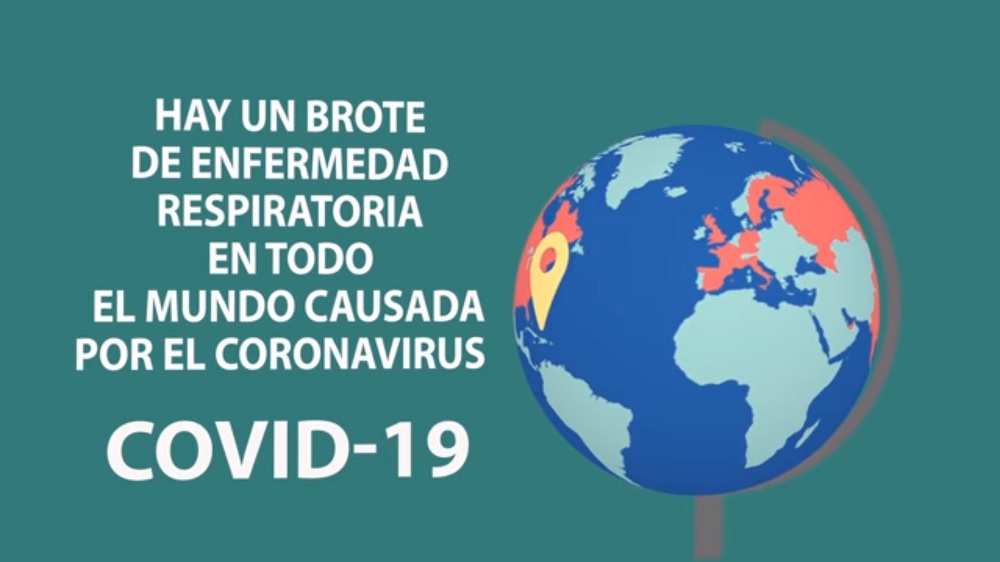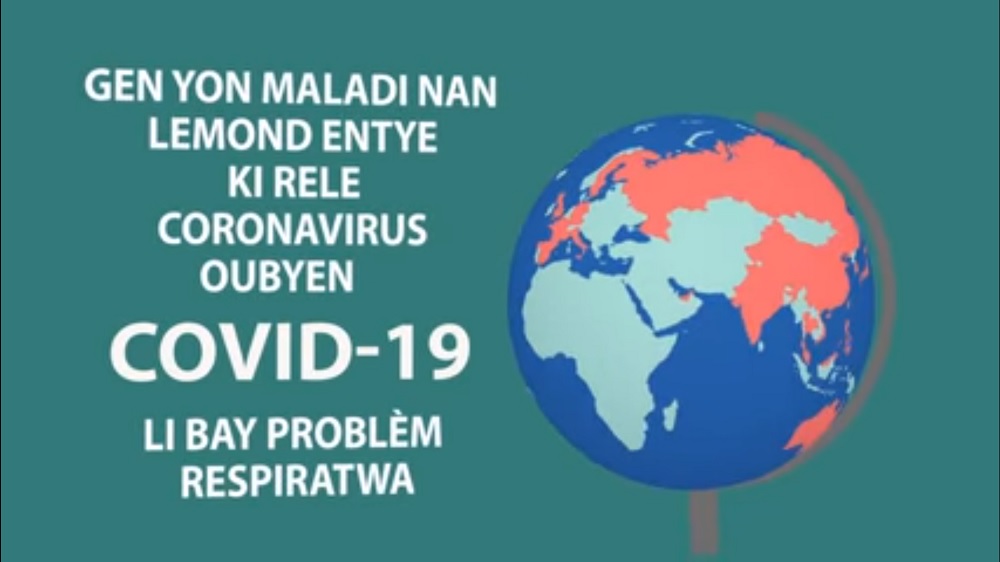Minister Doran announces receipt of plan for a comprehensive approach to Storm- and Wastewater
The Government of Sint Maarten has worked diligently in recent years to draft rules, regulations, and plans in the field of storm- and wastewater management for Sint Maarten.
Minister Doran recently received the Country Sint Maarten Sewerage Master Plan 2020-2030 (CSMP), which has been prepared by Mr. Johan van Teeffelen of Tecon Consultancy and is expected to be adopted by the Council of Ministers. A policy has been drafted – with recommendations, rules, and regulations - for both storm water and wastewater.
There is a lot of coherence to public safety and public health pertaining to this matter. Plans were drafted on how and where improvements for storm water drainage as well as extended construction of sewerage for the coming 10 years can be executed. In regard to the constructions, design standards were prepared for contractors and Government.
Storm water
In 2005 two lives were sadly loss because of flash flooding that happened in the Cul-De-Sac area. Hard surfacing of (newly to develop) areas will cause storm water to be discharged very fast and thus forming a great threat for low-lying areas. The goal is to avoid huge amounts of storm water from flowing down very quickly and dragging everything along with it. Besides that, a quick rise of water levels may cause a lot of damage to buildings.
The policy document for storm water includes a set of guidelines for slowing down the discharge as well as storage of storm water in so called "detention ponds" during the storm and for a period of time after the storm. For new-to-develop areas, it is of utmost importance to adhere to these rules and guidelines to protect low-lying areas.
A storm water plan has also been drafted in which priorities and costs are described regarding the measurements in this field that are to be taken in the coming years.
Sewerage
We often see the nuisance and/or the health effects that wastewater that runs over the streets might have. A threat to the wellbeing of residents and tourists is present when sewage is discharged untreated in surface water or running over the streets. In that way, there is also a very important economic aspect involved when sewage is not taken seriously. Construction of sewers are a proven way to reduce these risks.
Constructing sewers and wastewater treatment, whether they are central (government) or decentralized (private or a resort or bigger development), are means of reducing nuisances and/or health risks and are the most economical way of collecting and treating. Examples of in which cases a sewage system is required when a new area will be developed, is clearly outlined in the policy document.
Country Sint Maarten Sewerage Masterplan 2020-2030
The government has and will construct and manage sewers as well as central and decentralized wastewater treatment plants. The Country Sint Maarten Sewerage Masterplan 2020-2030 (CSMP) describes the current situation and problems and provides insight into the available facilities, their condition, and their functioning.
The plan indicates which priorities have been set for the coming years in order to achieve the desired goal as stated in the Policy Document. This also includes the investment and manpower involved. This CSMP covers the period 2020-2030 and gives insight in all affairs in the field of sewage in this period of time. For possible co-financiers in the construction of sewage or a wastewater treatment plant, this plan is the basis of possibilities for construction of sewers, including priorities and costs.
Design Standards
For the technical requirements to be applied to construct sewage or drainage systems, standards and norms have been drafted for both, which is the Design Standards. These two sets of guidelines and norms have been drafted for contractors as well as for government departments. These standards are meant for calculating and constructing sewage systems including lifting stations etc,. as well as for storm water facilities like weirs, culverts, trenches, or swales.











